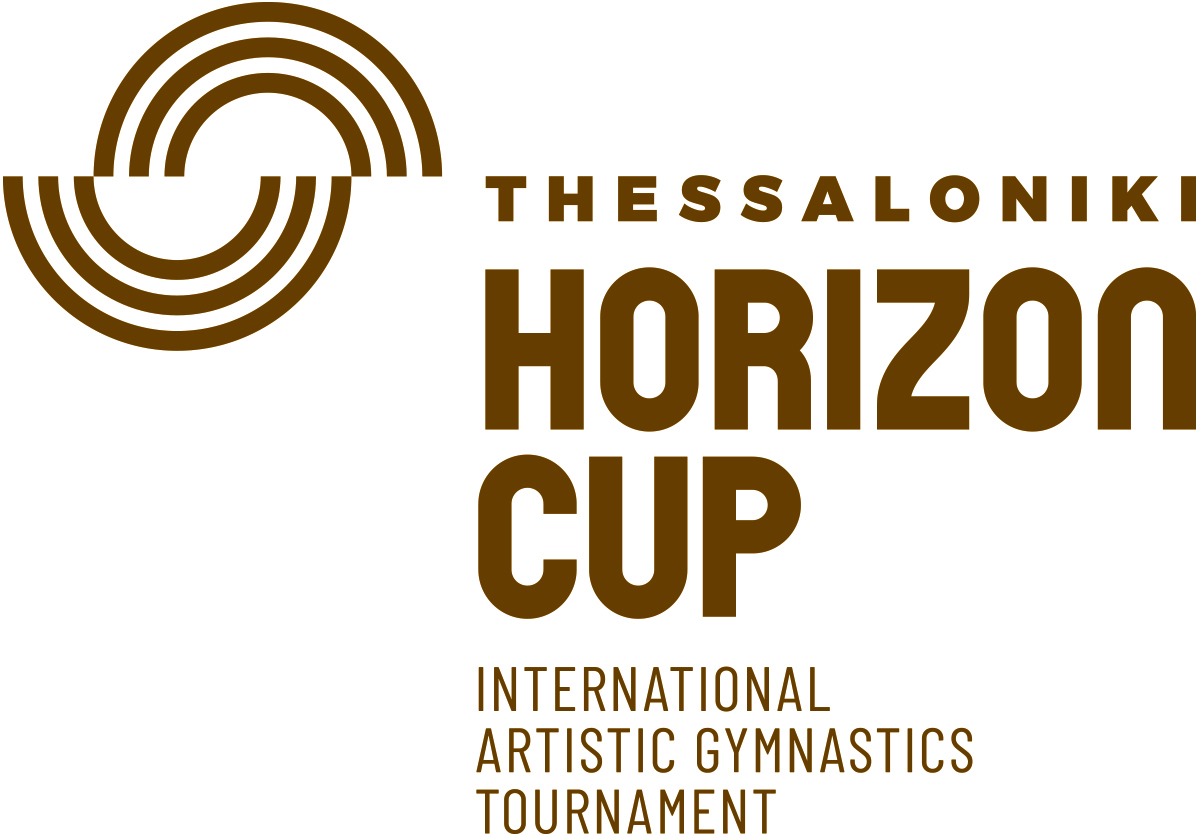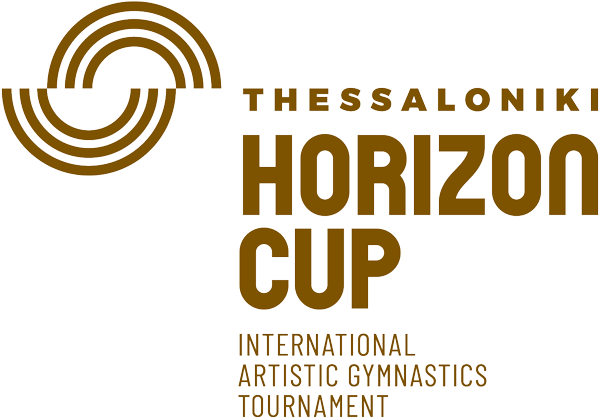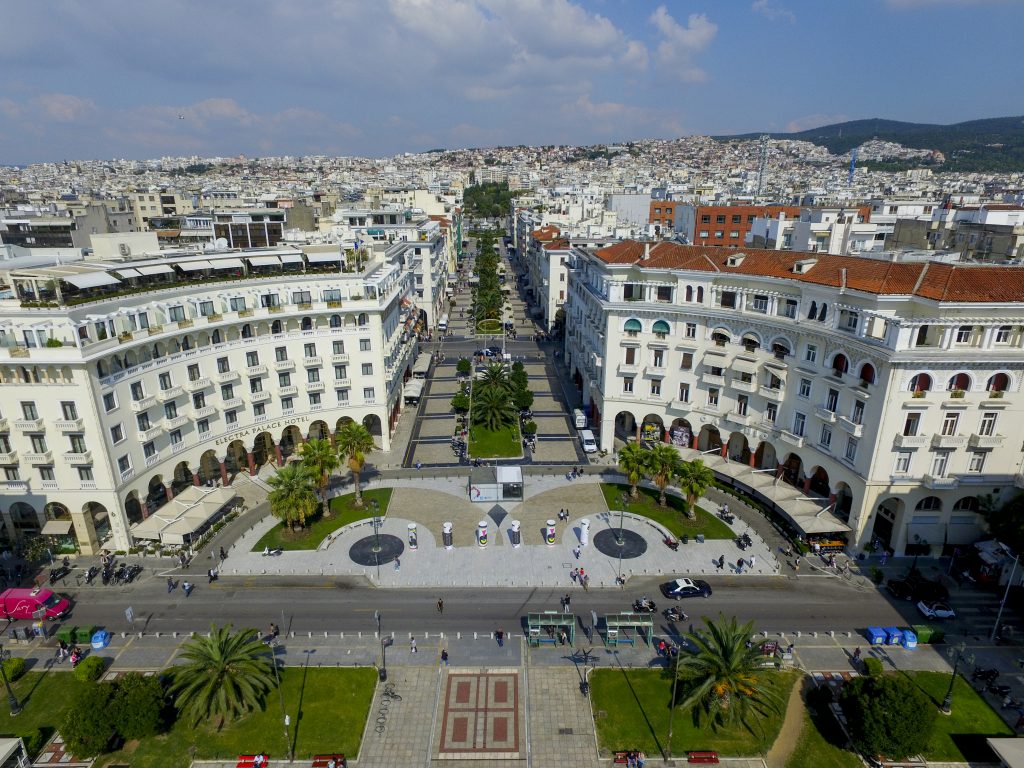EXPLORING THE CITY:
ART & CULTURE
INTERESTING DISTRICTS
THEMED ROUTES
RELIGION
SUGGESTED ITINERARIES
LOVE & SUNSET
THINGS TO DO: CITY DAY & NIGHT
GASTRONOMY: FOOD AREAS
GASTRONOMY: FOOD MARKETS
MONUMENTS
 The administrative organisation of the city during the Hellenistic era followed the model employed in other Greek cities. It retained a type of administrative autonomy after its conquest by the Romans, who contributed to its rapid growth.
The administrative organisation of the city during the Hellenistic era followed the model employed in other Greek cities. It retained a type of administrative autonomy after its conquest by the Romans, who contributed to its rapid growth.
The construction of Via Egnatia (146-120BC), connecting Dyrrachium to Evros, helped elevate Thessaloniki to a major commercial, cultural and military centre.
During his tenure as Caesar, Tetrarch Gaius Galerius Valerius Maximianus (250-311 AD) established his seat in Thessaloniki, constructing a magnificent palace, a hippodrome and a triumphal arch (Camara) and turning the city into capital of the Balkans.
The stay of Constantine the Great in Thessaloniki in 322-323 coincides with the implementation of large-scale works in the city, such as the port at its southwestern end.
The 4th century was one of great changes for the city, characterised by the pre-eminence of Christianity, at least three centuries after the visit of Paul the Apostle to the city, and marked at its end, in 390, by the massacre of thousands of Thessalonians at the city hippodrome on the orders of Emperor Theodosius I.
By the end of the 5th century, the Roman city had been transformed into a centre of Christianity.
The historical character of Thessaloniki is undoubtedly linked to its Byzantine life.
The walls and extant inscriptions record the tumultuous history of the city.
The walled city and its monuments could reasonably be described as an open Byzantine museum. From the 7th to the 10th centuries, notwithstanding all the problems that the Byzantine Empire would face with the West, the Arabs, the Slavs, the Bulgarians and the Byzantine Iconoclasm, Thessaloniki continued to develop in all ways, often playing a leading role, thus demonstrating its great importance and position within the structure of the state. It was the Balkan gateway for the ideological, cultural and religious influence of the Byzantine Empire. The Christianisation of the Slavs by the Byzantines was an
important fact that marked not only that era but the subsequent centuries as well.
The brothers Cyril and Methodius, who were born in Thessaloniki, carried out their missionary work among the Slavs. The Bulgarians were the first to accept Christianity in 864, followed by the Serbs in 867-874.The sacking of the city by the Saracens in 904 and the famine of 927 were landmark events of the 10th century that unquestionably influenced the thinking and art of the era. During the Crusades on the western borders of the empire, Artistic and literary production flourished during the Komnenian period and reached its peak during the Palaeologan era. The turn towards classical Greek education, with the study of ancient texts, highlighted aspects of humanism and led to the Palaeologan Renaissance of literature and art of that period.
The Byzantine metropolis contains a large number of extant devotional monuments.
Each neighbourhood retains its Byzantine or post-Byzantine monument, elements of other times, when the city was the Symvasilevousa (co-reigning city) of a first powerful and then declining Byzantine Empire, or later the centre of an Ottomanoccupied Balkan peninsula. The city was fortunate enough to preserve mainly the monuments of its glorious religious past.
Thessaloniki’s structures and organisation, its buildings, dwellings, markets, the everyday public and private life of its residents all bear witness to its secular side, a fact that is further confirmed by the evidence from the various excavations taking place in the city.
Under Ottoman rule (1430-1912), almost all Christian churches, parish or Catholic monasteries were converted into mosques.
The city acquired an Eastern character.
Mosques were built throughout its neighbourhoods, new building complexes, religious schools, Bezesteni (an indoor market) and bathhouses became the hubs of the city’s new reality.
After the resettlement of primarily Jewish refugees from Spain in 1500, Thessaloniki acquired a multi-cultural, multi-religious character, which it would retain until its liberation.
In the 17th century, the city was organised into administrative districts, with the Jews living in the central and western section of the city, the Christians living in the east and
in the centre and the Muslims living in the Upper City. The ‘Frangomachalas’ district would later be created near the port to accommodate the European population of the city.
In the 19th century, an era of Reform for the Ottoman Empire, the city flourished. Light industry and commerce grew, while large commercial firms from Greece and abroad gave the city a cosmopolitan atmosphere.
Contact with European ideas impacted citizens of all communities and religions.
During the final quarter of the century, numerous schools and hospitals were built by all the communities and important buildings were constructed. The decision to demolish the sea wall and part of the
south-eastern wall changed the image of the city. Its medieval character was lost, but it became able to ‘breathe in’ the sea and acquired a complete new seafront.
Numerous architectural styles mingled, giving birth to the eclecticism that characterises almost all buildings from that period. Industry began taking its first steps and Thessaloniki was a developing city of great promise.
The 20th century held a number of changes for Thessaloniki.
 In 1912, Thessaloniki was liberated and annexed to the Greek state. Within a few decades, major historical events took place in the city. By the mid-20th century, the city had changed radically in image, size and population.
In 1912, Thessaloniki was liberated and annexed to the Greek state. Within a few decades, major historical events took place in the city. By the mid-20th century, the city had changed radically in image, size and population.
During World War I, Thessaloniki served as the military operations centre of the Macedonian Front, housing the renowned Armee d’Orient (Army of the Orient), allies of the Entente. English and French military camps sprouted throughout the outskirts of the city. In 1916, Venizelos, having fallen out with the King, decided toform a temporary Triumvirate government in Thessaloniki, with the contribution of Danglis and Kountouriotis. A year later, in 1917, a devastating fire reduced the entire centre of the city to ashes. Thessaloniki was never again the same: 73,000 people were left homeless, entire fortunes, homes and stores were destroyed and the priceless heritage of the 19th century vanished. The political situation in the Balkans remained as volatile as ever, leading refugees from the surrounding regions and Greeks from the Orient to Thessaloniki. This migration reached its culmination in 1922, with the Treaty of Lausanne and the decision for an exchange of populations leading to an influx of thousands of refugees from Asia Minor. At the same time, the city lost its Muslim population. Although the damage from the fire had not been restored, refugees settled in churches, in
gutted buildings, at unused corners of the city walls, at military camps abandoned by the Allies. However, above all, new settlements, new neighbourhoods and new suburbs were formed. Thessaloniki once consisted of 26 ancient towns; the new Thessaloniki now extended across the centuries and throughout new settlements. The former Co-reigning City became the Refugee Capital.
In 1926, the University of Thessaloniki was founded and the first Thessaloniki International Fair was held. The city recovered and began writing new pages in its history. The ‘May of 1936’ was shocking for Thessaloniki, as strikes and demonstrations were bathed in blood.
The German occupation began in 1941, adding dark pages to the local history.
In 1943, thousands of Thessaloniki Jews were transported by train to Nazi concentration camps and the community of the city was all but annihilated. The subsequent Civil War also had an impact on the city.
After World War II, Thessaloniki became a pole of attraction once more. It experienced a wave of urbanism and the need to house new arrivals. Pre-war buildings that had been preserved were demolished and the image of the city changed once more: apartment buildings became the norm.
Source of texts: Ephorate of Antiquities of City of Thessaloniki / Ephorate of Contemporary and Modern Monuments of Central Macedonia
UNESCO MONUMENTS
 The historical profile of Thessaloniki, began in the Hellenistic era and has continued uninterrupted to the present day, it is mainly linked to its Byzantine life. The walled city and its monuments can reasonably be called an open Byzantine Museum. All city monuments, Byzantine, Post-Byzantine and Ottoman – have been declared historical landmark monuments. Fifteen (15) of the Early Christian-Byzantine monuments were included in the UNESCO World Heritage List in 1988
The historical profile of Thessaloniki, began in the Hellenistic era and has continued uninterrupted to the present day, it is mainly linked to its Byzantine life. The walled city and its monuments can reasonably be called an open Byzantine Museum. All city monuments, Byzantine, Post-Byzantine and Ottoman – have been declared historical landmark monuments. Fifteen (15) of the Early Christian-Byzantine monuments were included in the UNESCO World Heritage List in 1988
A strong fortification wall, trapezoid in shape, with alternating triangular redans and square towers, as well as a rampart surrounds the city. Its construction, which incorporated remnants from the previous Hellenistic and Roman fortifications, dates back to the late 4th century.
Every neighbourhood features one of its Byzantine or Post-Byzantine monuments, remnants of a bygone era, when the city was the Symvassilevousa (co-reigning city) of a sometime mighty and sometime declining Byzantine Empire or, later on, the centre of the Ottoman-occupied Balkan peninsula.
The Byzantine metropolis has preserved a large number of its devotional monuments. The only exception, that is secular architecture, is the small Byzantine baths that are preserved in the densely populated urban web on the edge of the Ano Poli (Upper City). The churches of the city follow the variety of architectural styles of Byzantine architecture. From the dominant style of the Early Christian basilica, a five-aisled basilica with a transept, we pass to the transitional domed church of the early Byzantine period, and then to the ‘hidden brick’ technique and belonging to the cross-in-square style of the Middle-Byzantine era, and we end with the cross-in-square churches with a ambulatory of the Late Byzantine era.
Source of texts: Stavroula Tzevreni, Ephorate of Antiquities of the City of Thessaloniki


